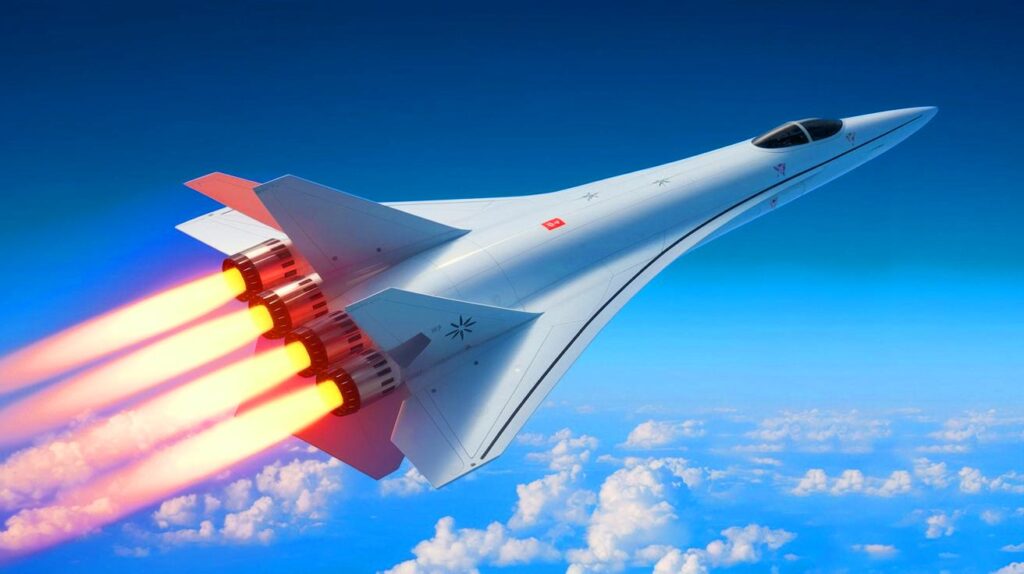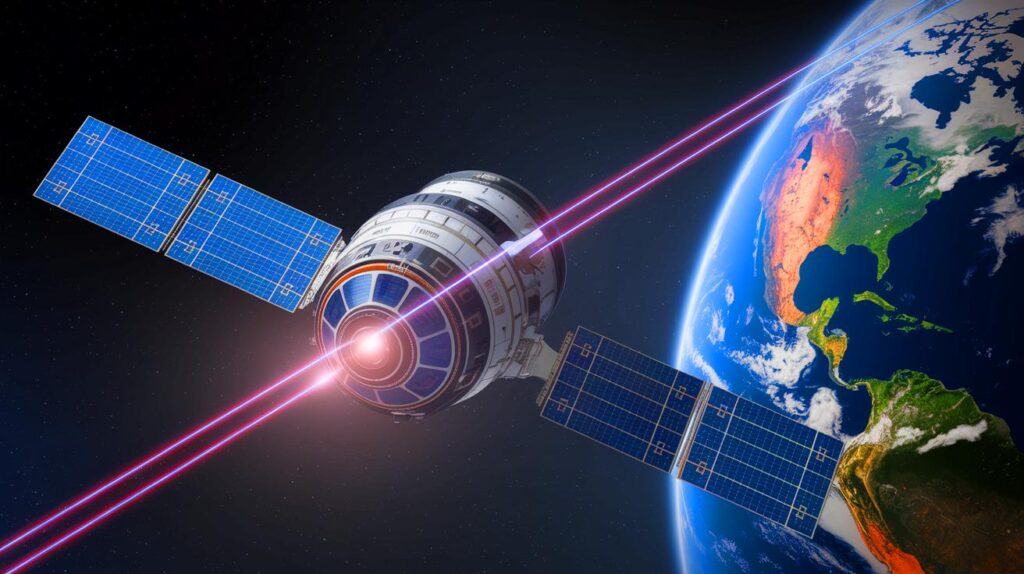| In Brief |
|
Tensions between China and Taiwan have recently escalated with the announcement of undersea cable-cutting technology by China. This development has triggered concerns not only in Taiwan but also globally. The question arises whether this technological advancement represents a genuine strategic threat or is merely a well-orchestrated communication operation aimed at sowing doubt among its adversaries, particularly the United States and its allies.
Maritime Incidents Around Taiwan
Since the beginning of the year, several maritime incidents have been reported near Taiwan, involving ships accused of cutting essential undersea communication cables. On February 25, 2025, a Togolese-flagged vessel was intercepted by Taiwanese authorities. Notably, the crew was entirely composed of Chinese sailors, which heightens the perception of increasing hostility from China towards Taiwan.
These events were followed by an announcement from the South China Morning Post regarding China’s development of an undersea cable-cutter capable of severing cables at depths of up to 4,000 meters. This temporal coincidence fuels speculation. However, China denies any involvement in these acts of maritime vandalism while confirming the existence of this technology.
The Cable-Cutter Technology: Threat or Simple Technical Advancement?
The cable-cutter technology, initially announced in a Chinese publication, raises questions about its true intentions. According to the International Cable Protection Committee, cables located at such depths typically do not require such advanced protection. This statement casts doubt on the real utility of this technology for civilian applications.
China, while asserting that these tools are not intended for military purposes, maintains ambiguity between its civilian and military capabilities. This vagueness serves to send a clear message to Taiwan and the West: If necessary, China could disrupt the global order, or at least destabilize it.
The Information Warfare and Its Stakes
Maintaining ambiguity around its capabilities is a well-known strategy in the realm of information warfare. Jill Goldenziel, a professor at the National Defense University’s College of Information and Cyberspace, highlights that this tactic could be highly effective for Beijing. By keeping a degree of uncertainty, China exerts psychological pressure on its geopolitical adversaries.
Many Chinese technologies, although designed for civilian purposes, can also be repurposed for military use. An article from Forbes revealed that even ships used for car exports were designed with military specifications, allowing the deployment of troops and equipment on islands like Taiwan. This duality of use reinforces the idea that China could leverage its technological advancements for strategic ends.
The Role of Strategic Communication
China employs media, including those it controls directly or indirectly, to shape international perceptions. The South China Morning Post, accused of being a tool of Chinese soft power, exemplifies this phenomenon. The gap between the announcement of the technology and its coverage in this publication raises questions about the underlying motives of this communication.
By disseminating this information, China aims to showcase its technological prowess while downplaying its military intentions. The goal is to maintain a certain degree of uncertainty among its adversaries, which could deter hostile actions against it. This communication strategy, combined with displays of strength, keeps the international community in a heightened state of vigilance.
As China continues to develop technologies straddling the line between civilian and military use, the international community must reflect on the potential implications of such innovations. Are these technologies genuinely destined for peaceful purposes, or do they serve broader geopolitical ambitions? What impact will these advancements have on the future balance of global power?







